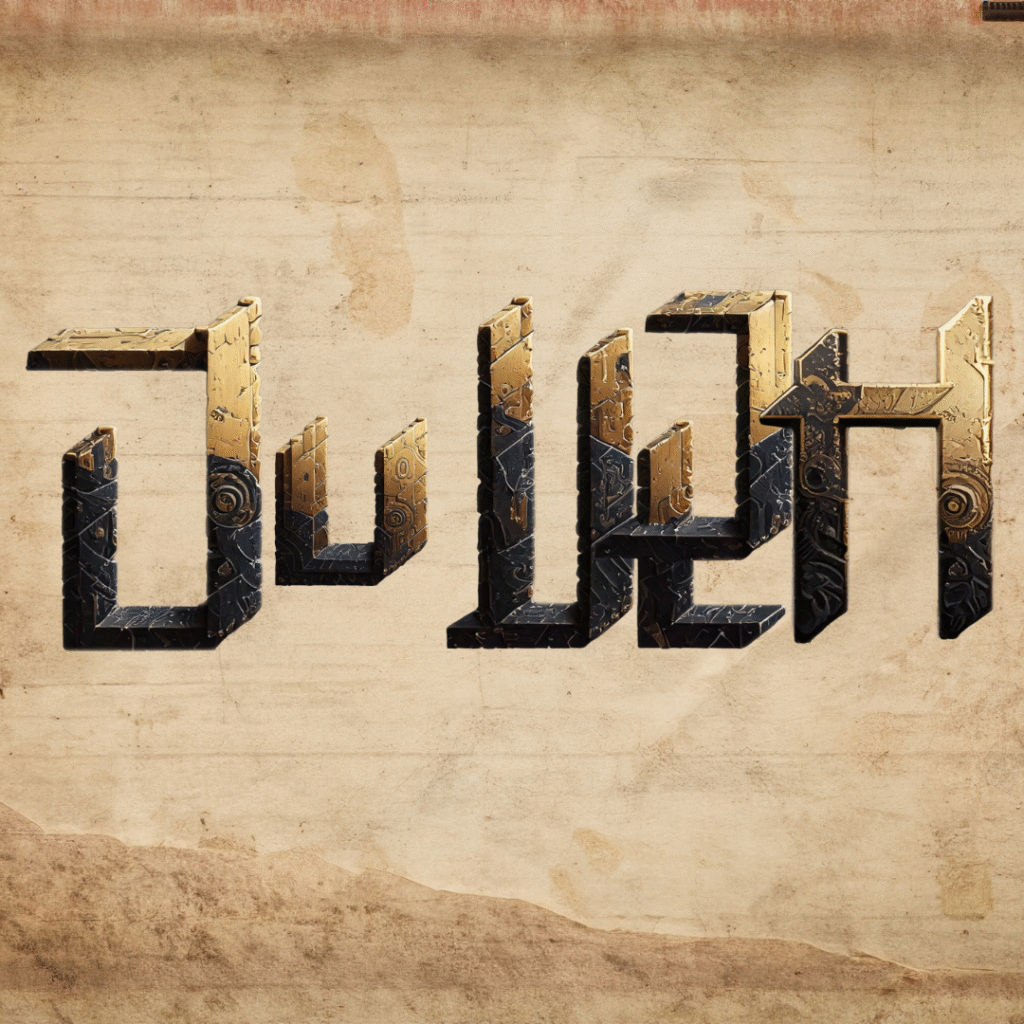Jorge’s massive hands reached up to the black steel cage of the humanoid repair drone standing in front of him in the empty hangar of the Storge. Next to him, as always, his trusted companion, Sarah, stood silent and unsure. She had never seen this side of Jorge. Always before was a joke, a wink, or some sly grin that hinted at the twinkle in his brown eyes. Yet now the shadow that fell from his broad-brimmed sombrero was frail protection from the storm that she saw sweeping across his mustached, sober expression. The drone’s glowing blue eyes blinked once as Jorge patted its reticulated shoulder and then reached behind the steel ribs to detach the cords and cables binding a cubical-shaped module within the automaton’s chest to its spine and armatures, “My brother is in trouble, ol’ girl. I gotta put you in that bug, and if there is anyone who can make that beat up hunk of junk work, it’ll be you.”
As the drone blinked, Jorge grimaced and pulled the last cord. The eyes went dark, and the skeleton of the drone’s frame slackened as the machine became lifeless. Jorge gripped both sides of the cubical module and, with a yank and metallic click, the unit slipped free of the drone’s chest. Jorge lifted the heavy piece of equipment easily. It was tiny in his hands but showed its girth as he turned to face the frail, ebony frame of Sarah, who stood silent in front of Jorge, waiting. Jorge’s thumb rubbed the dust from off a logo on the upper corner of the charcoal metal box that read “L3”, and he stood there for a long moment, lost in thought, until she placed a tiny hand on Jorge’s forearm, “Brero? You ok?”
Jorge’s dark, black, bushy eyebrows knitted together as he replied absently, “Just remembering the one who designed this. He was trying to save something of his world, too.”
“What were ‘is name?” Sarah peered up through the dangling, makeshift tasseles of trinkets, tiny chains, and electronic bobs that hung from the heavy brim of Jorge’s non-regulation hat.
“Master Chief Miguel Lane. Best engineer on Sigma 95. That was before the Ifset rebellion, and his world fell apart.” Jorge replied, the sadness in his voice a poignant echo of some ghost long lost to another world. “I still remember the day he named this miracle. The first field replaceable Quasi-linear AI module. Could repair darn near anything. Best assistant an engineer could ever ask for on the field of battle.”
Sarah looked down, the ornate tangle of shimmering threads and makeshift jeweled ends of her weave catching faint sparkles of gold and green from the dim canister lights of the docking port ceiling above them. Jorge leaned in a little and continued, “Save you, of course.”
Sarah’s big brown eyes met his, and an appreciative smile spread across her lips. “So Lane, I get. I ev’n get linyar, if’n ye don’ count that crazy bit, but why L3? Is there a third ‘L’ somewhere in there, or ‘m I missin’ somet’ing?”
At that, Jorge looked Sarah squarely in the eyes, his own wet and slightly reddened. To see the pain on his face made a painful lump form in Sarah’s throat as he replied, “Asked the same question myself right outside the hospital room that he’d come out of that day. Sigma 95 had fallen. The death toll was staggering. I could spend the rest of my life just naming the lost, but on that day, there was only one name that mattered to the man who taught me everything I know.”
Sarah swallowed hard, “Sorry, Brero.”
“He told me that if it wasn’t for her, none of this would have ever existed.” Jorge lifted the box slightly, accentuating the module that he carried. “She was the one who held him together during the worst of it, and so it made sense to him that her brilliance and spirit would train the AI that was his life’s work in the hope that it could do the same for all broken vessels destroyed by this war.”
“Oh, Creator.” Sarah tried to deflect.
“That was the day that I learned the most important lesson of my career in the Galatian fleet. It’s the souls we meet; the love we have for each other that should be the first and last thing on our lips and hearts. The third L on this module stands for Laurie, Miguel’s wife. She died in an orbital hospital around Sigma 95. On that day, I made Miguel a promise that wherever I became the lead engineer, his wife’s memory would be installed in every unit in the fleet.”
“I think she’d be proud of what you’re doing here,” Sarah reassured Jorge.
Jorge nodded, and he stood up straighter, “To L3 then. We’ve got a world to save.”










